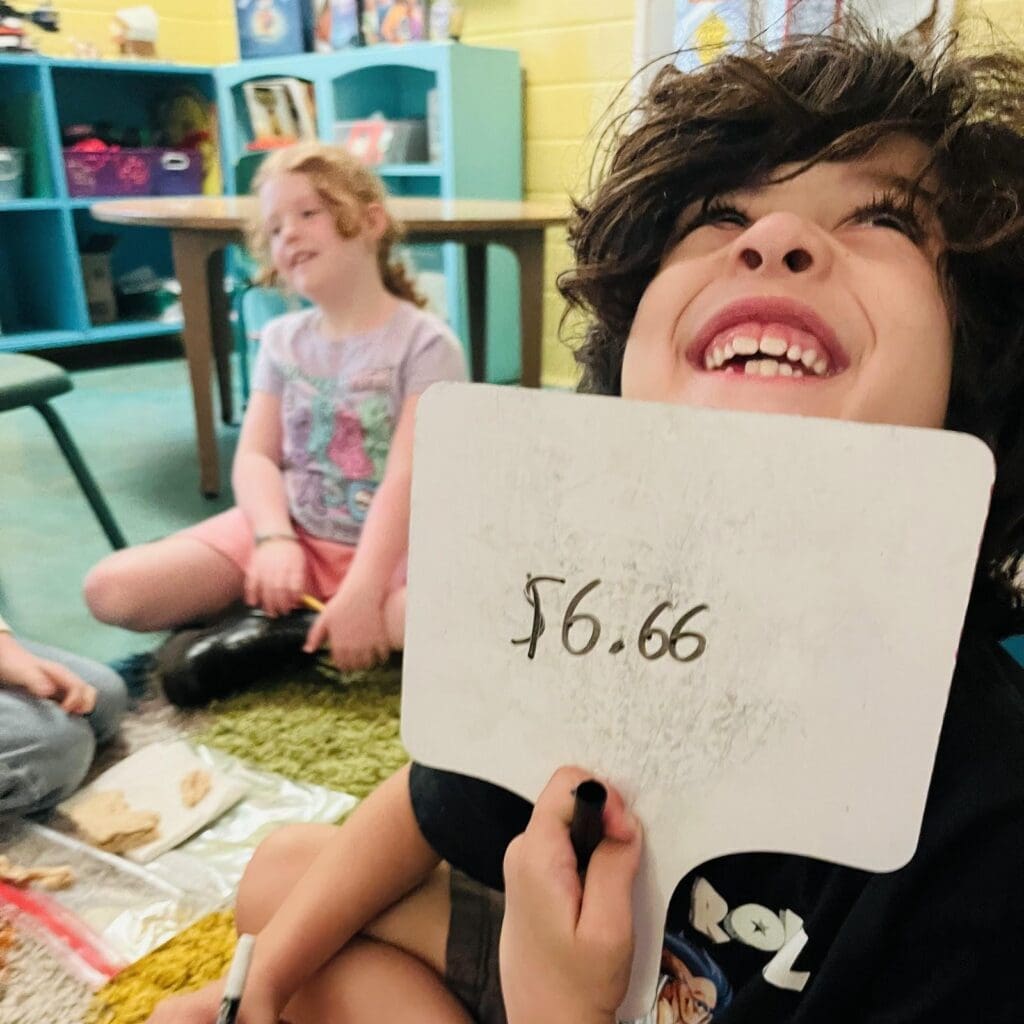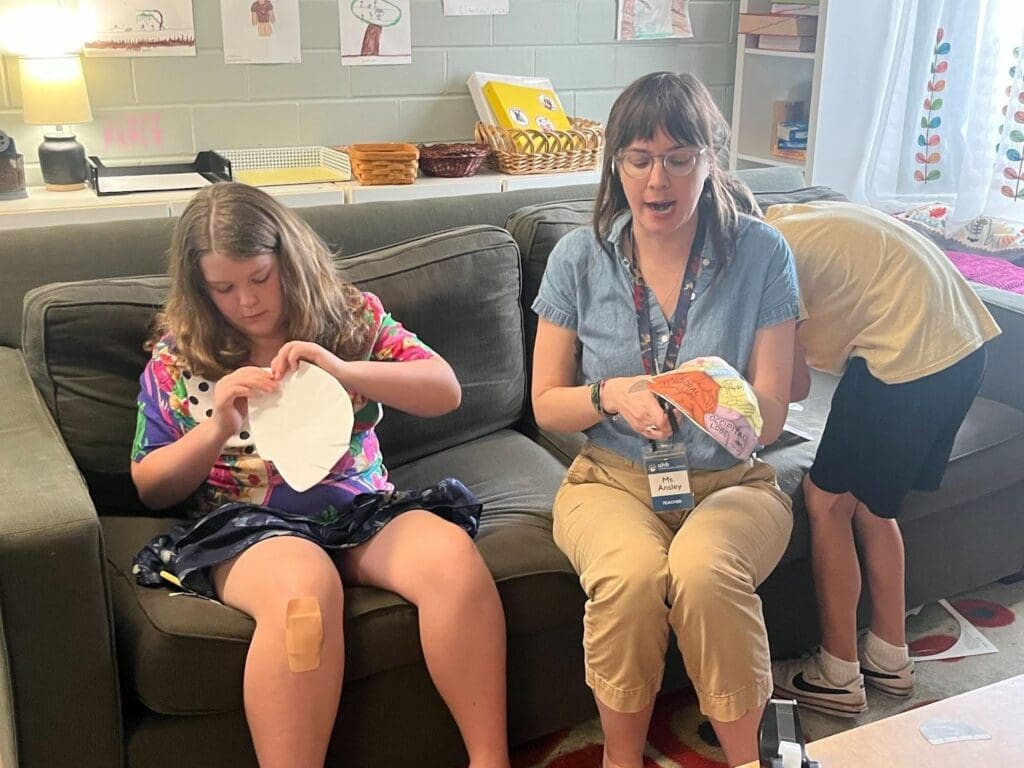Math –
Ms. Andrea’s math group continued working on ordering numbers in the hundreds. We talked about the clues that help you find the bigger or smaller number (hint, hint: we used place value!). Then we reviewed tally marks and practiced making tallies for some numbers past 100! On Wednesday we tallied the classroom!! (Almost) EVERYTHING!
On Thursday the Beta 1s did an excellent job of figuring out various skip count rules (ex: +2, +5 or +10) for many series of numbers and continued the pattern. Then, we played a new game called Fill to 100 that involved a spinner and skip counting by 5, 10, 15, 20 and 25. There are so many combinations to fill a 100 chart! We played with partners and good fun was had.
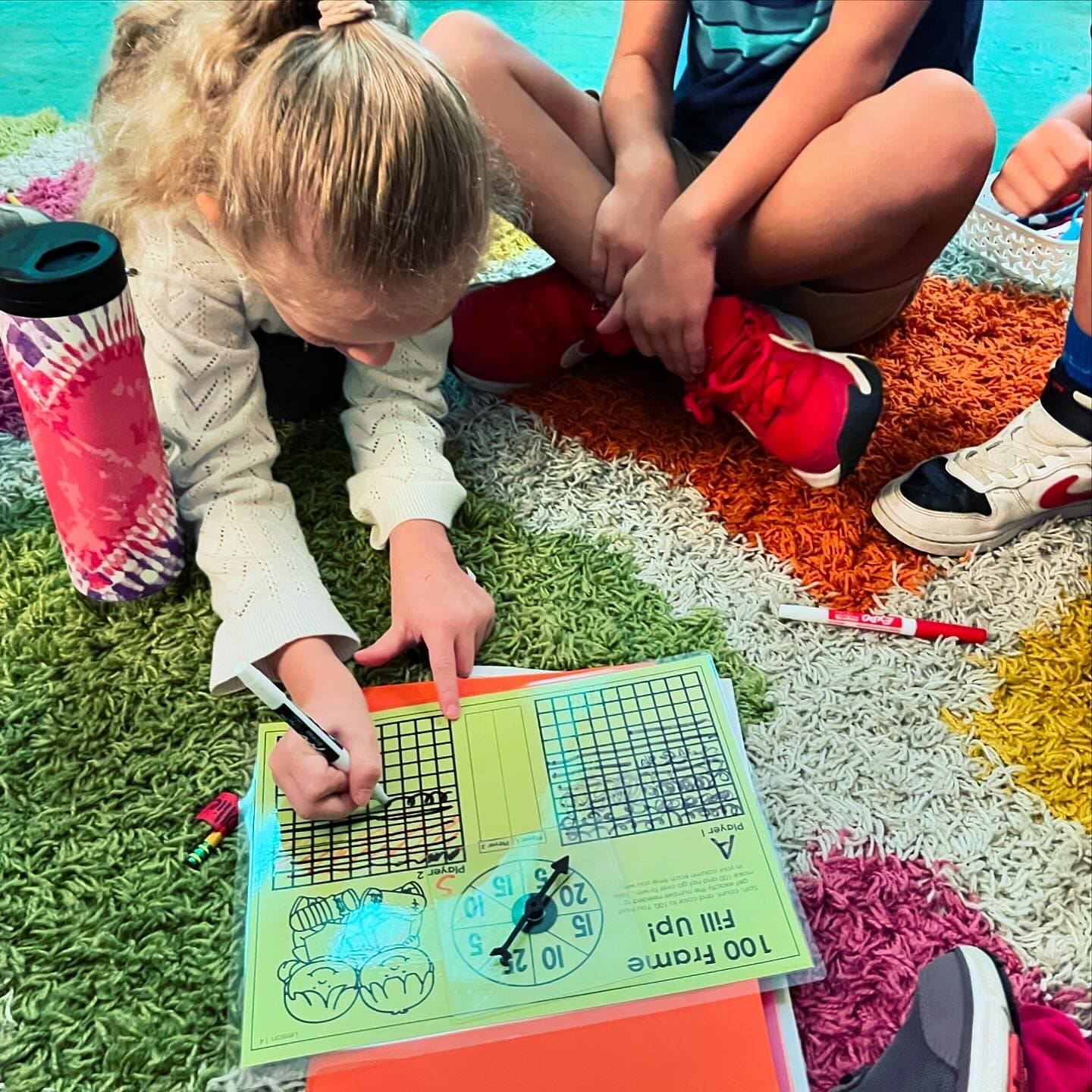 | 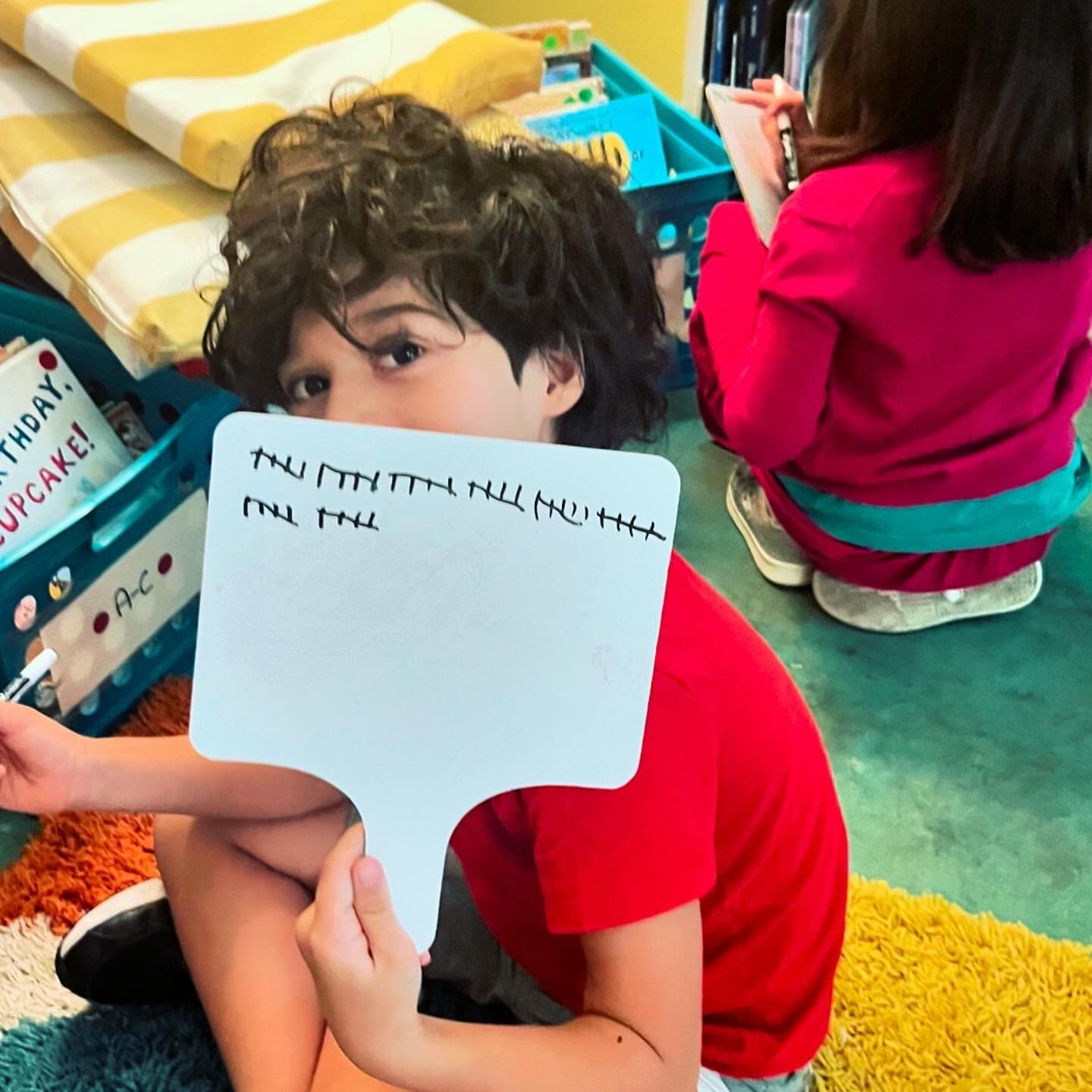 | 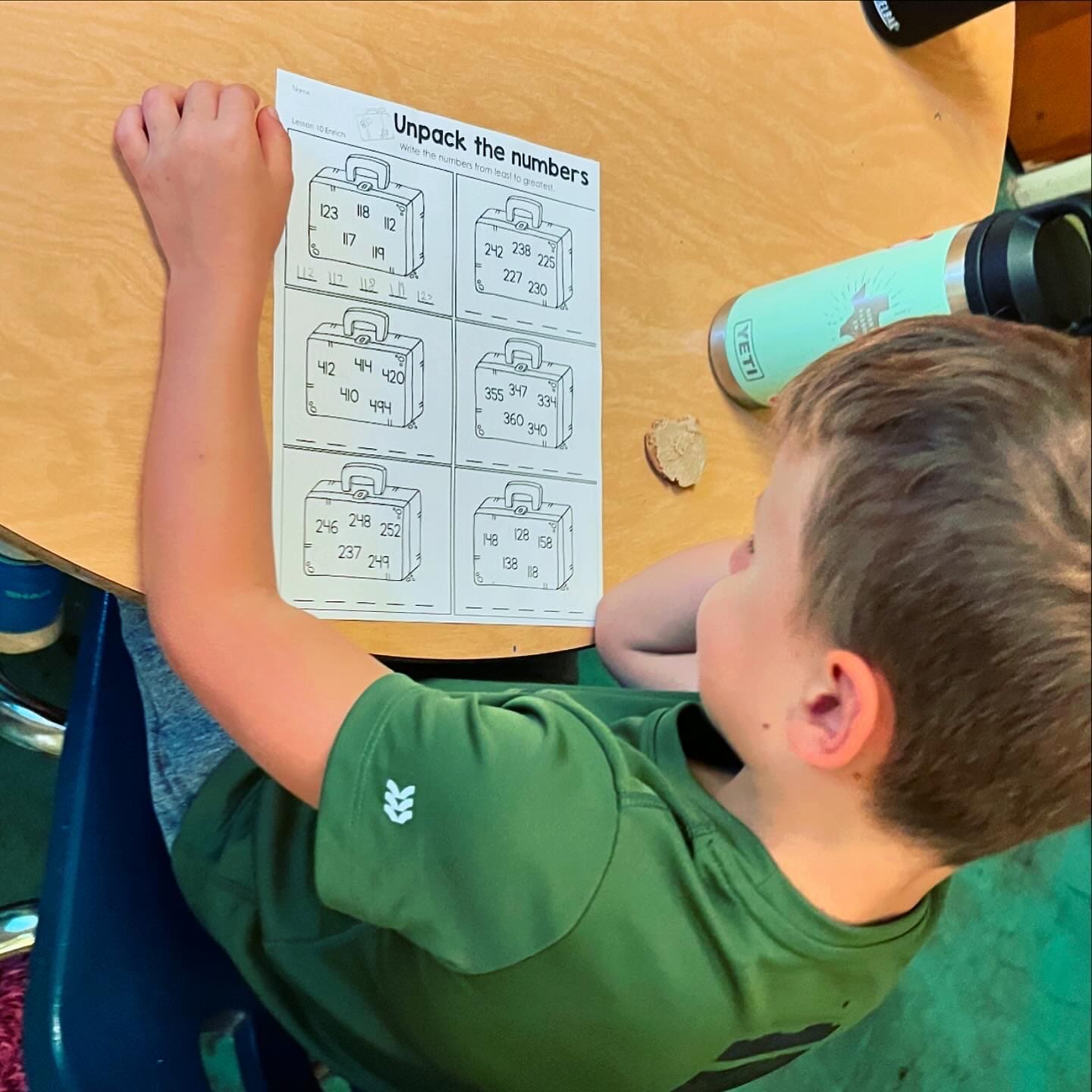 |
|---|
Ms. Kelly’s math group practiced all things place value- reviewing expanded, written and base ten forms, comparing numbers and placing them in order from greater than to less than before we dipped our toes in the world of rounding by using both horizontal and vertical number lines (great visualization tools!) to the nearest 10.
Did you know there is more than one way to solve a math problem? We had a big conversation about that this week. It’s not about shouting out the answer the fastest. It’s about how you got that answer and whether you can explain your method to someone else that grows our math brains. For our warm ups, we showed many variations of how to get to the same answer. There were so many out of the box ways to approach a problem- all of our brains grew just a little more this week as we learned from one another!
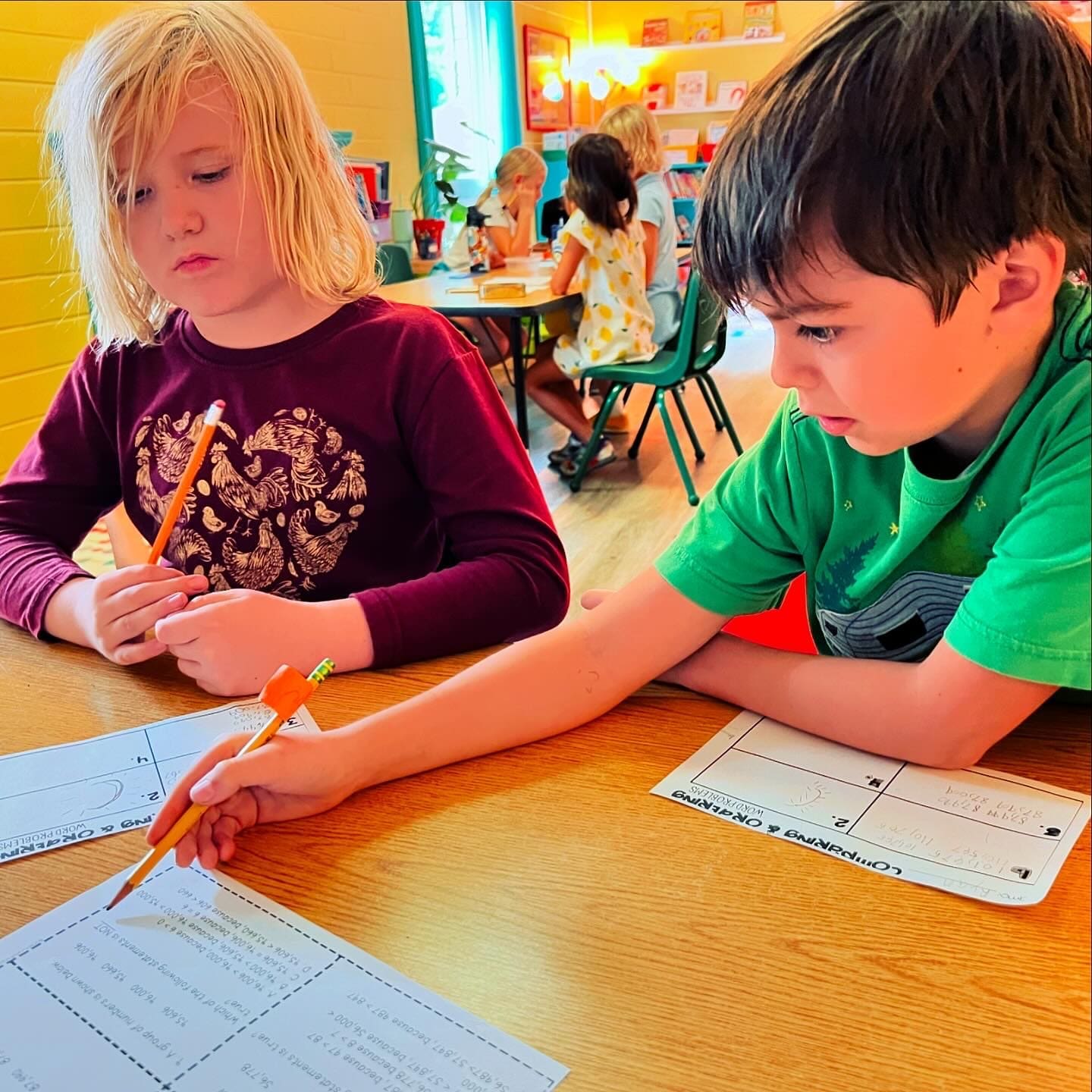 | 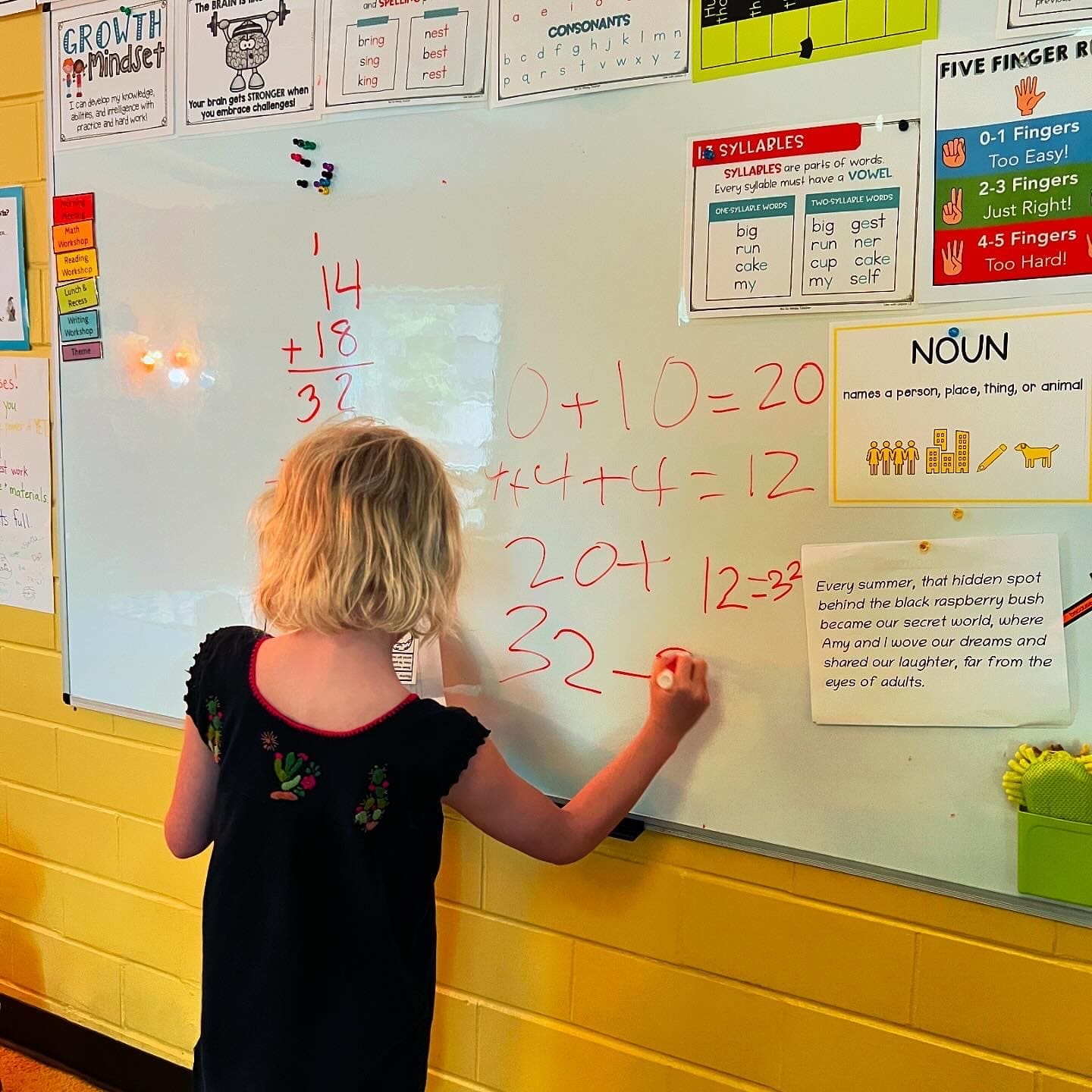 |
|---|
Reading –
Ms. Kelly’s reading groups’ spelling patterns this week were blends. Blends are clusters of two or three consonants which appear together in a word. All week we read texts, worked and played with words using blends. We continued to practice good handwriting habits, paying close attention to forming letters correctly. This will help when learning cursive next year. We carried on with our journey of building really great sentences by manipulating mentor sentences. The focus was on combining two small sentences to make the information flow smoother in one more coherent sentence, as well as unscrambling sentences-This helps kiddos understand semantics and structures of sentences.
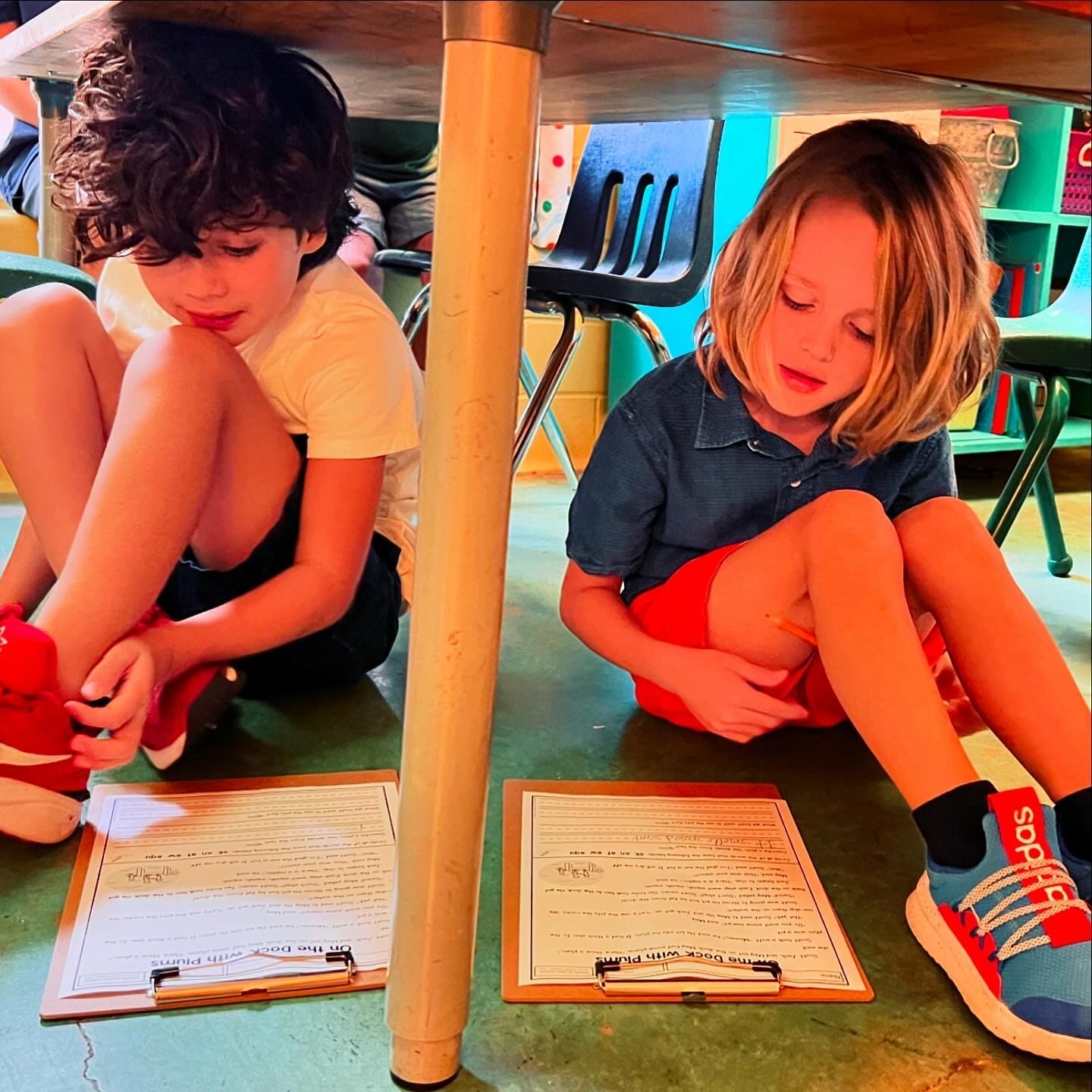 | 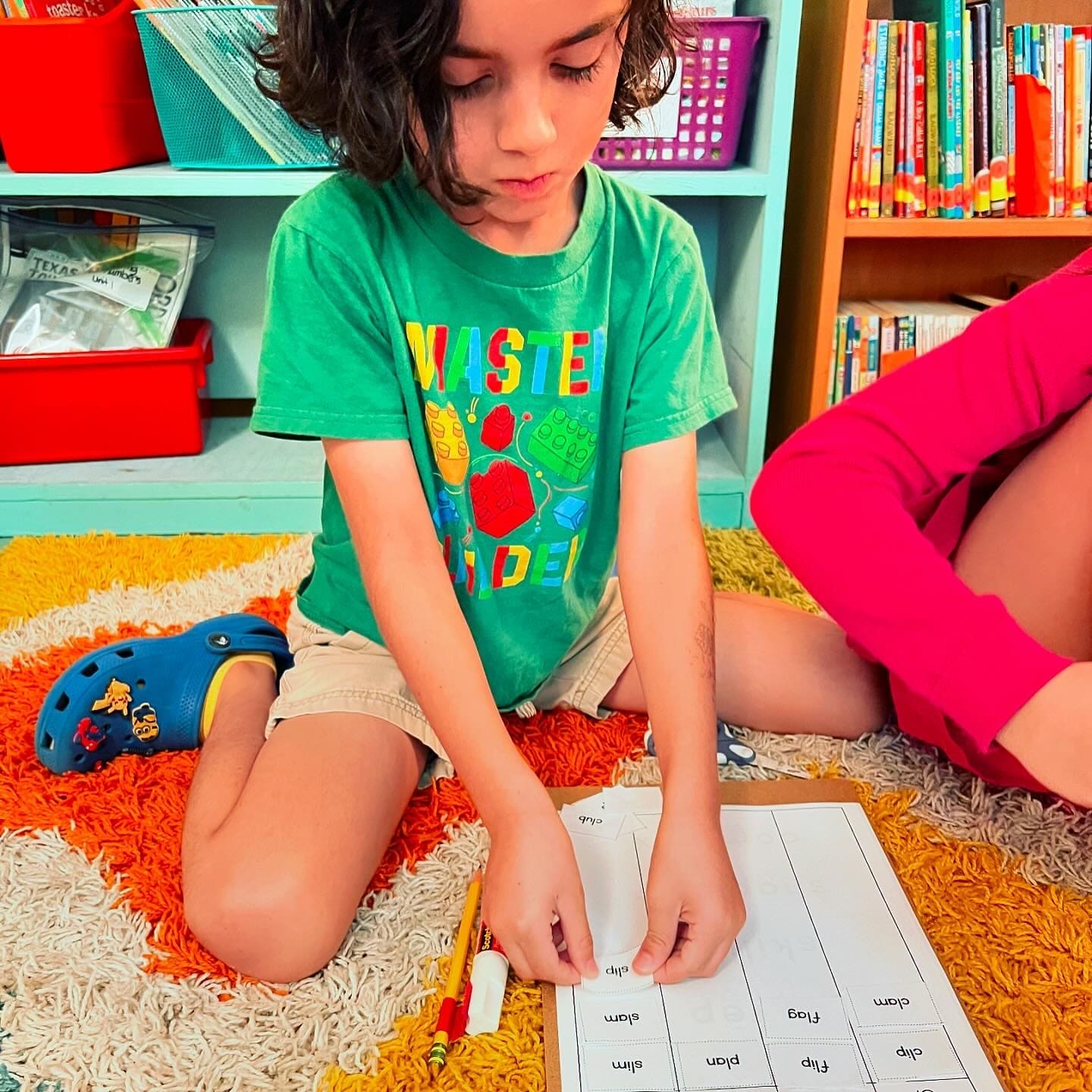 | 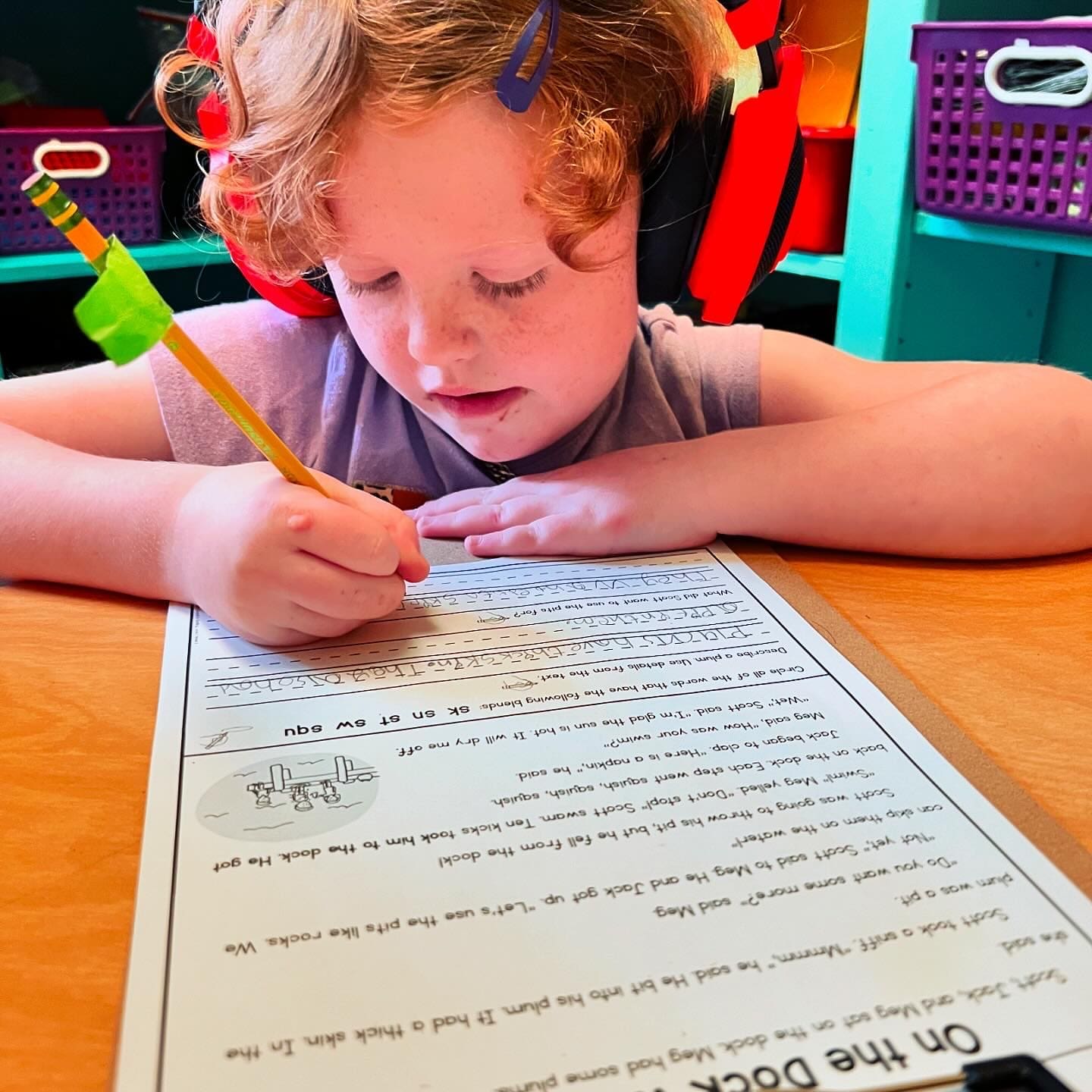 |
|---|
Ms. Andrea’s reading group’s set of spelling words this week focused on syllables. A syllable is a part of a word that contains a vowel sound. Developing our understanding of syllables helps us spell longer or unfamiliar words. We got new partners for the week, and even though we had one less day to practice our spelling words, our Thursday spelling check-in was not too shabby. Several Betas mixed up “syllables” and “consonants” on the activity at the end of the check in and therefore counted the wrong thing, so we’ll be sure to review that on Monday. It’s an easy mistake to make when you’re working with these vocabulary terms back-to-back.
We also continued our discussion about recognizing an author’s purpose. We made inferences based on book titles and sorted book covers into our three categories: to inform, to entertain, or to persuade. Then we brainstormed lists of books we could write in all three categories!
On an exciting note: the Beta 2s finished up with their print handwriting review this week! Bring on the cursive! We also began a new daily sentence construction activity that will improve the quality of our written sentences. It was a very productive, though short, week!
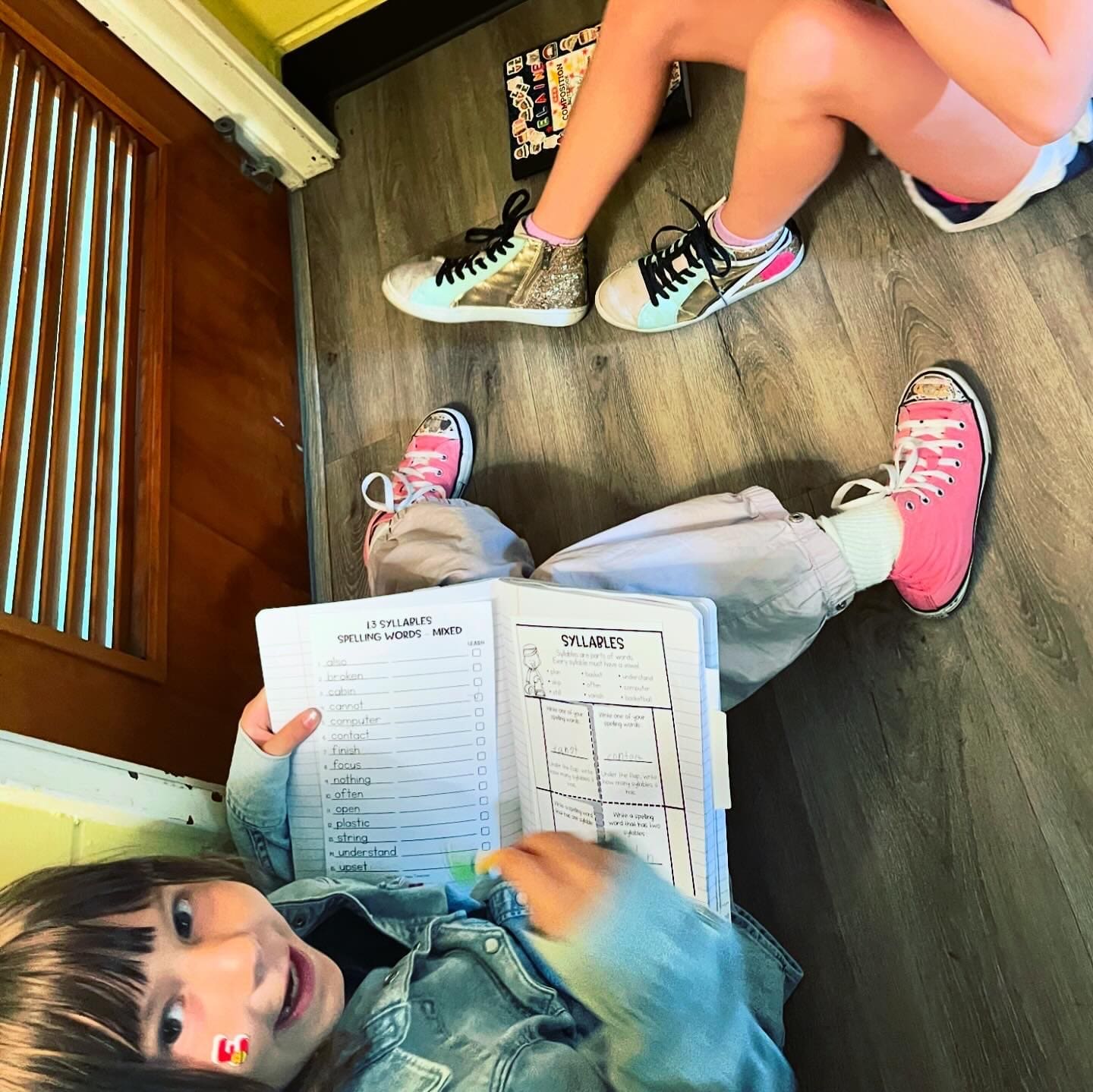 | 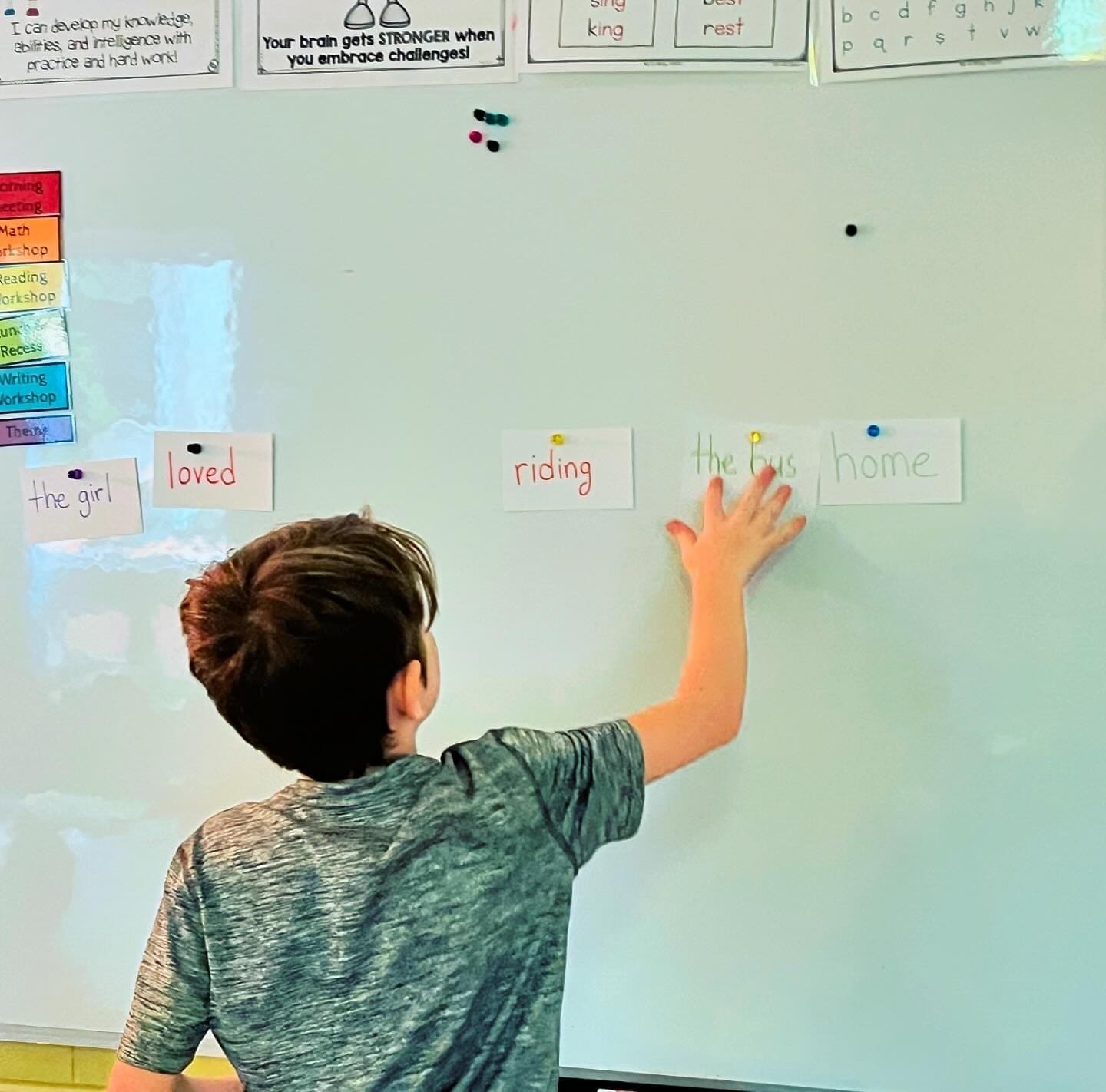 | 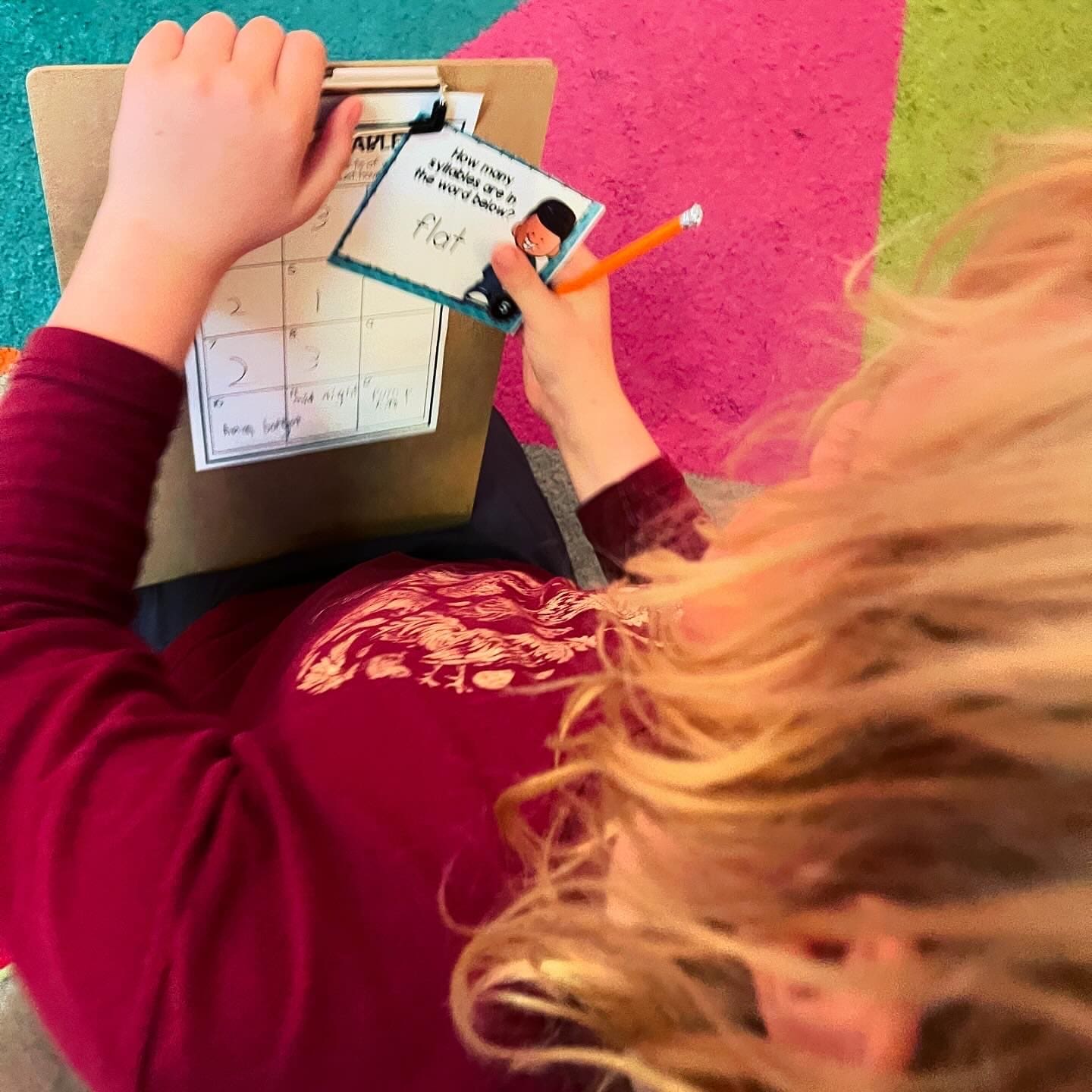 |
|---|
Writing –
The Betas learned about “hooking” a reader by beginning their personal narrative with an emotionally captivating start. To do this, we started by identifying the emotion within our own small moments and reviewed a reference page with juicy, interesting synonyms for some common emotions such as “happy” or “sad” and we selected a couple to fit our personal narrative. Next we took a stab at using that emotion to write our first sentence and hook our readers! Some of the kiddos expressed vivid emotion, others hinted towards their topic in clever ways in order to entice reader interest, some did both! At the end of the week we learned another tactic for beginning a writing piece with a strong lead- by starting with an action. We read a story that does an excellent job of keeping its readers on their toes using action titled “The Shortcut”, and went straight into working on our own small moments. We’re off to a great start.
 |  |
|---|
Theme –
Static electricity week!!!! 💥 Static electricity is the buildup of an electrical charge on an object that occurs when electrons build up on an object without a circuit to flow along. This can happen when two objects touch each other, or when one object rubs against another.
We learned that objects with the same charge repel each other, while objects with opposite charges attract. (This reminded us of magnets and their poles! 🧲) For example, if you rub a balloon on your head, the balloon becomes negatively charged and your hair becomes positively charged, causing them to stick together.
We were curious, would a certain type of hair make a difference in the static electricity it produced? Would long or short hair, blonde or brown hair, wavy or straight make a difference. Our work was inconclusive but it sure was fun to complete our Neutron Doo experiment!! ⚡️
We tried many other small objects to see if any would “stick” to the balloon. When two objects – such as your hair and the balloon – rub together, one loses some of its electrons to the other. This makes one object positively charged and the other object negatively charged. The opposites then are attracted to each other. We placed our charged balloon near a neutral object (paper, Styrofoam, etc), the electrons in the object repel away from the balloon and the protons are attracted to the balloon. This movement of the electrons causes the neutral object to get a low positive charge. The negatively charged balloon is then attracted and will “stick” to the object!
We finished up our week on static electricity by writing down all of our knowledge about protons, electrons and neutrons and how they interact with one another in order to create that zap⚡️before ending the day with everyone’s favorite scientist, Bill Nye! We watched an oldie but a goodie- all about static electricity! It was requested we add the link to the newsletter this week so here it is! There were many fun and simple experiments to do at home!!!!
Bill Nye The Science Guy – S02E05 – Static Electricity – 480p
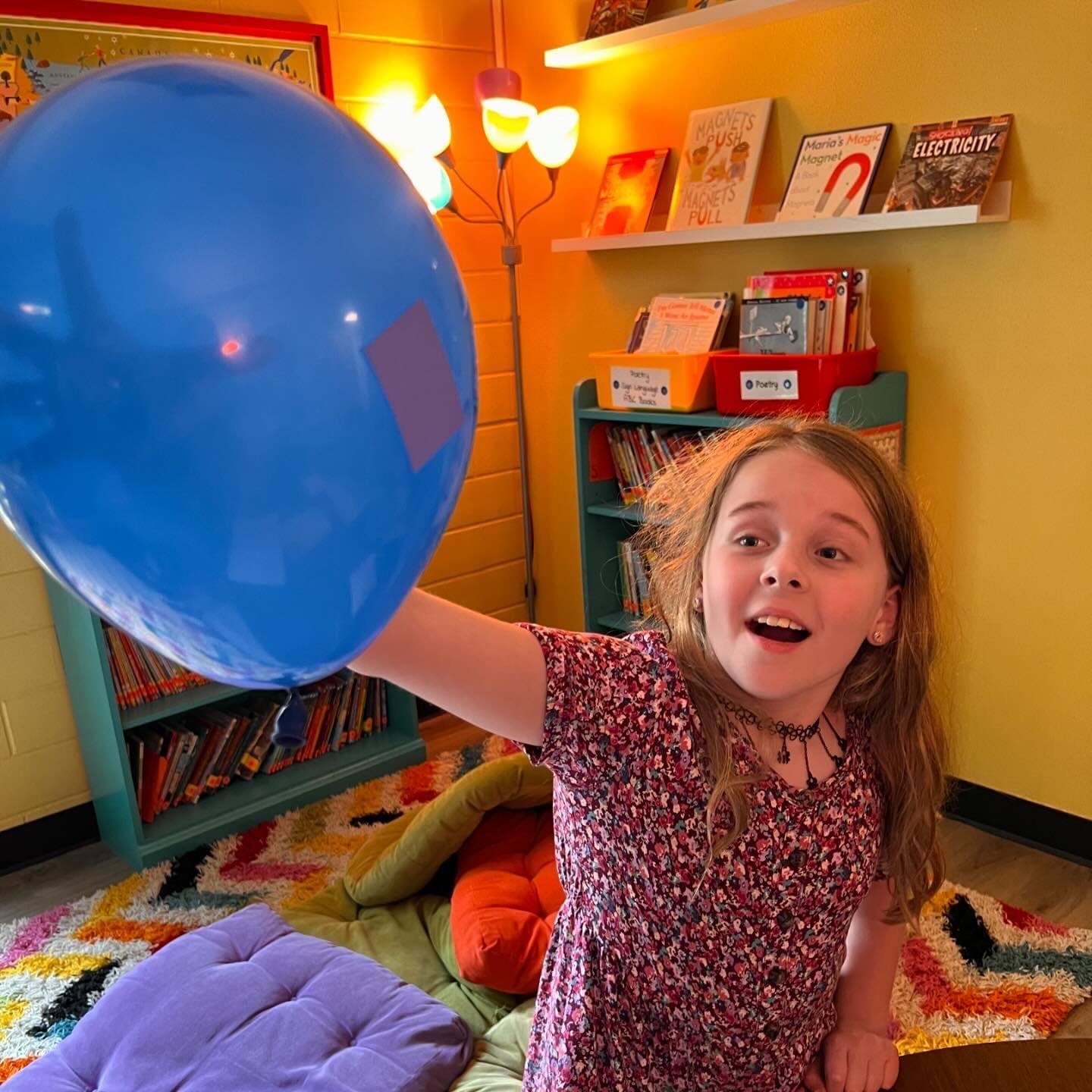 | 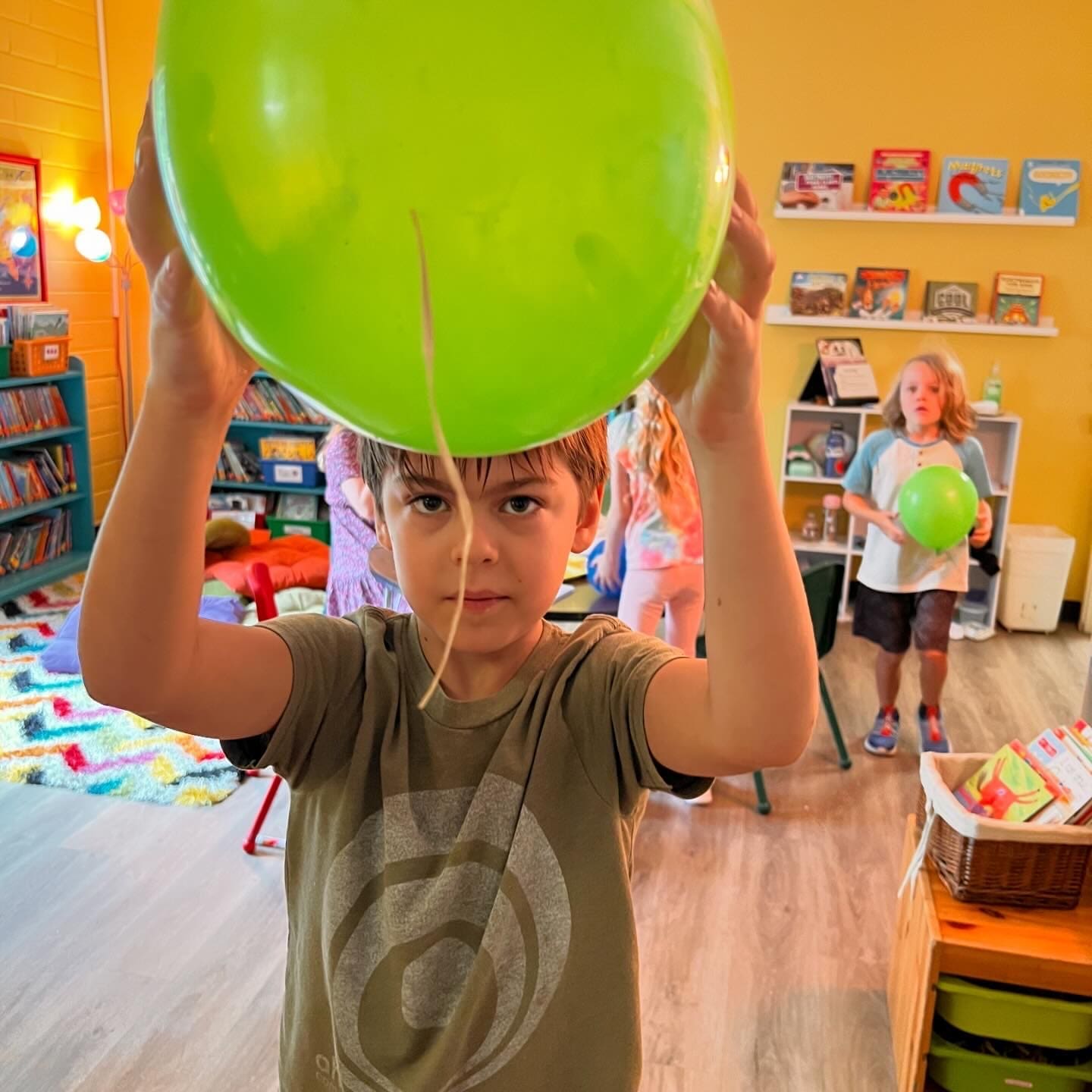 | 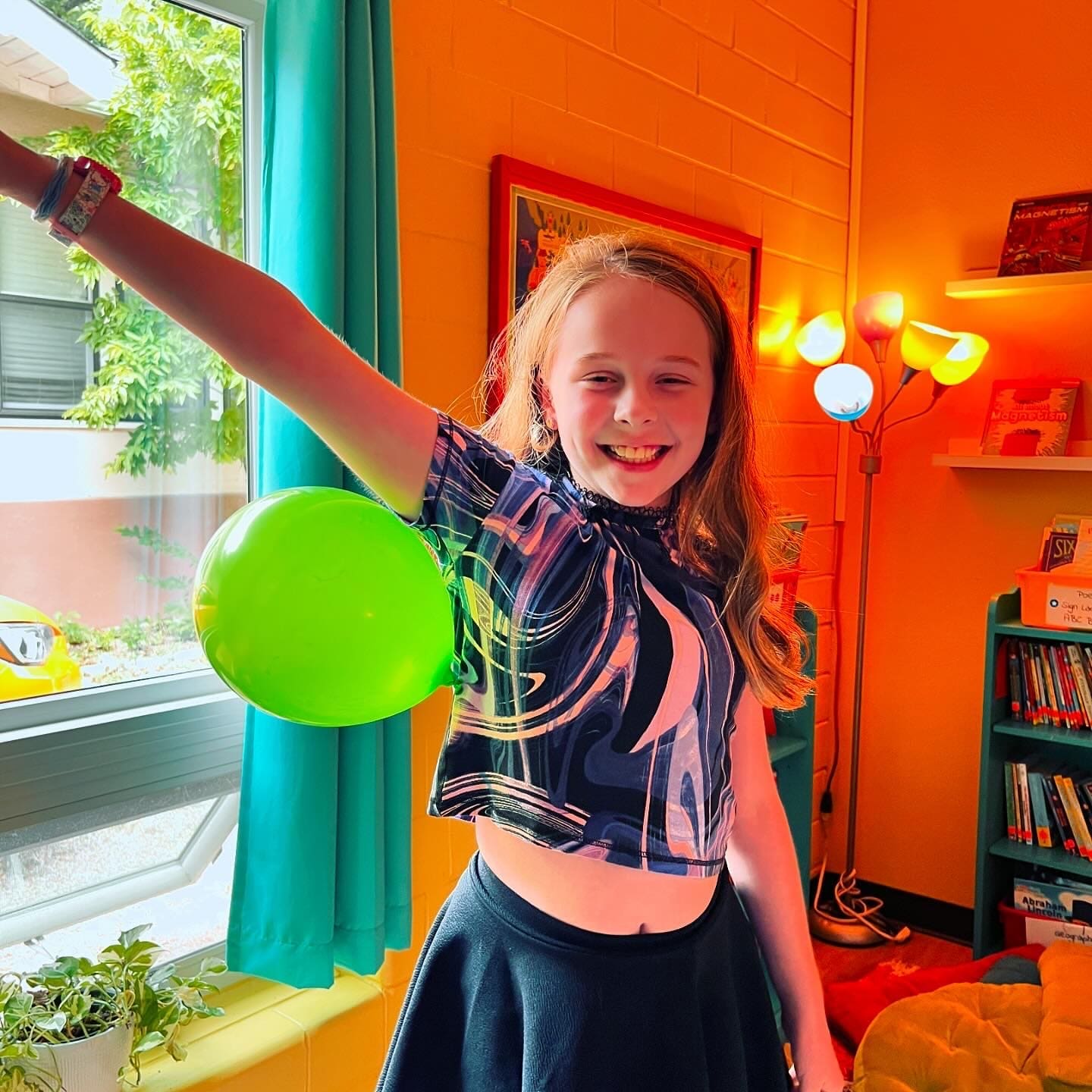 |
|---|---|---|
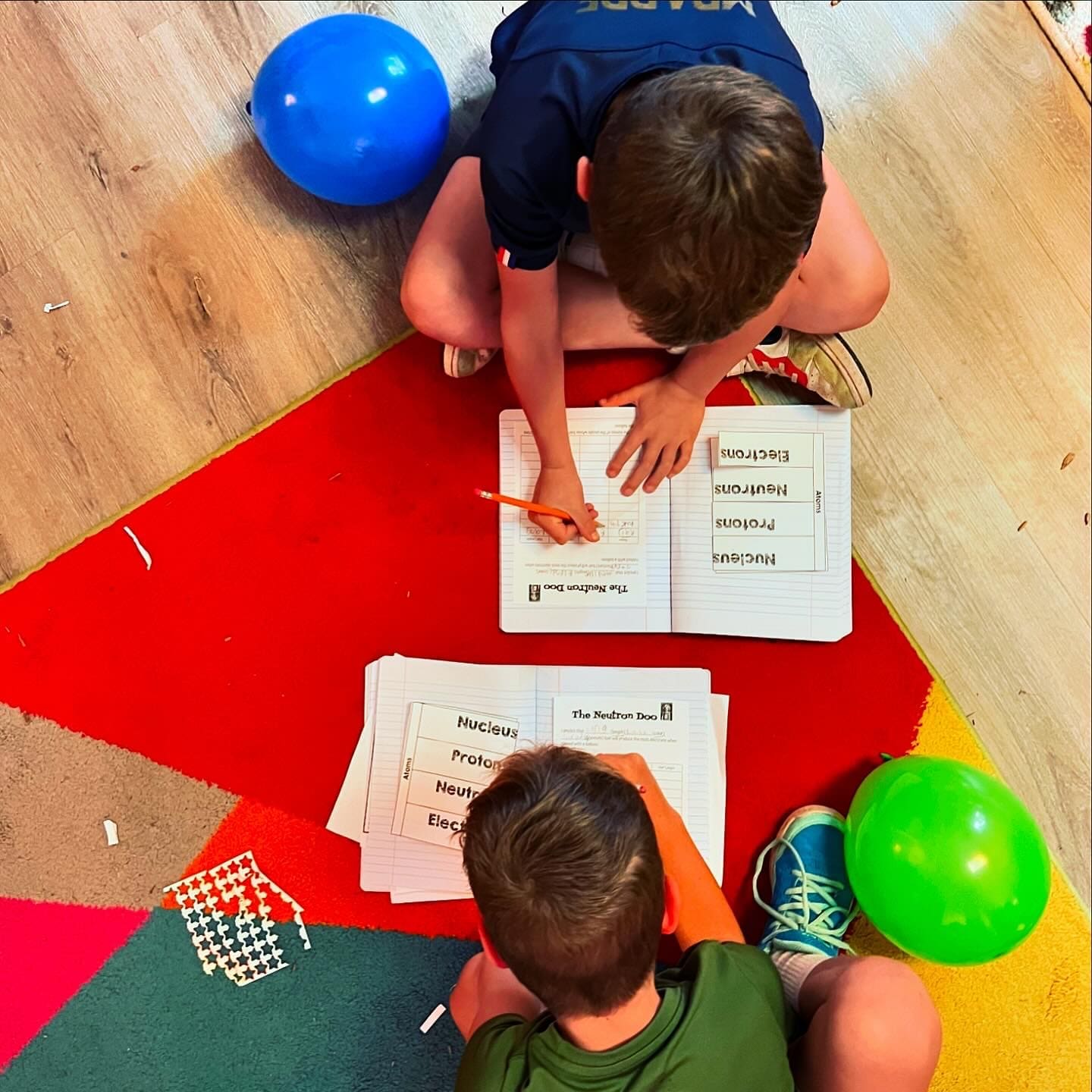 | 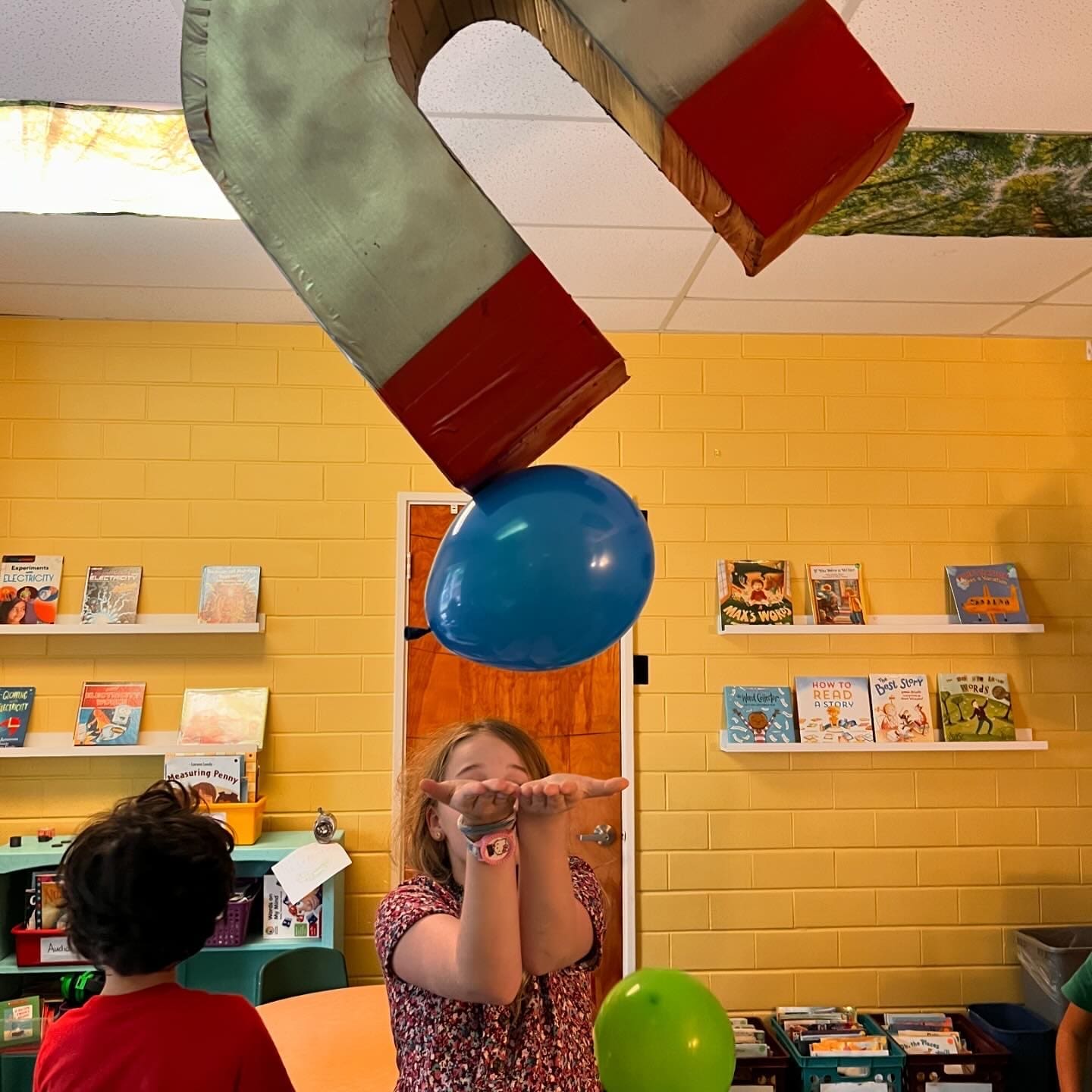 |  |
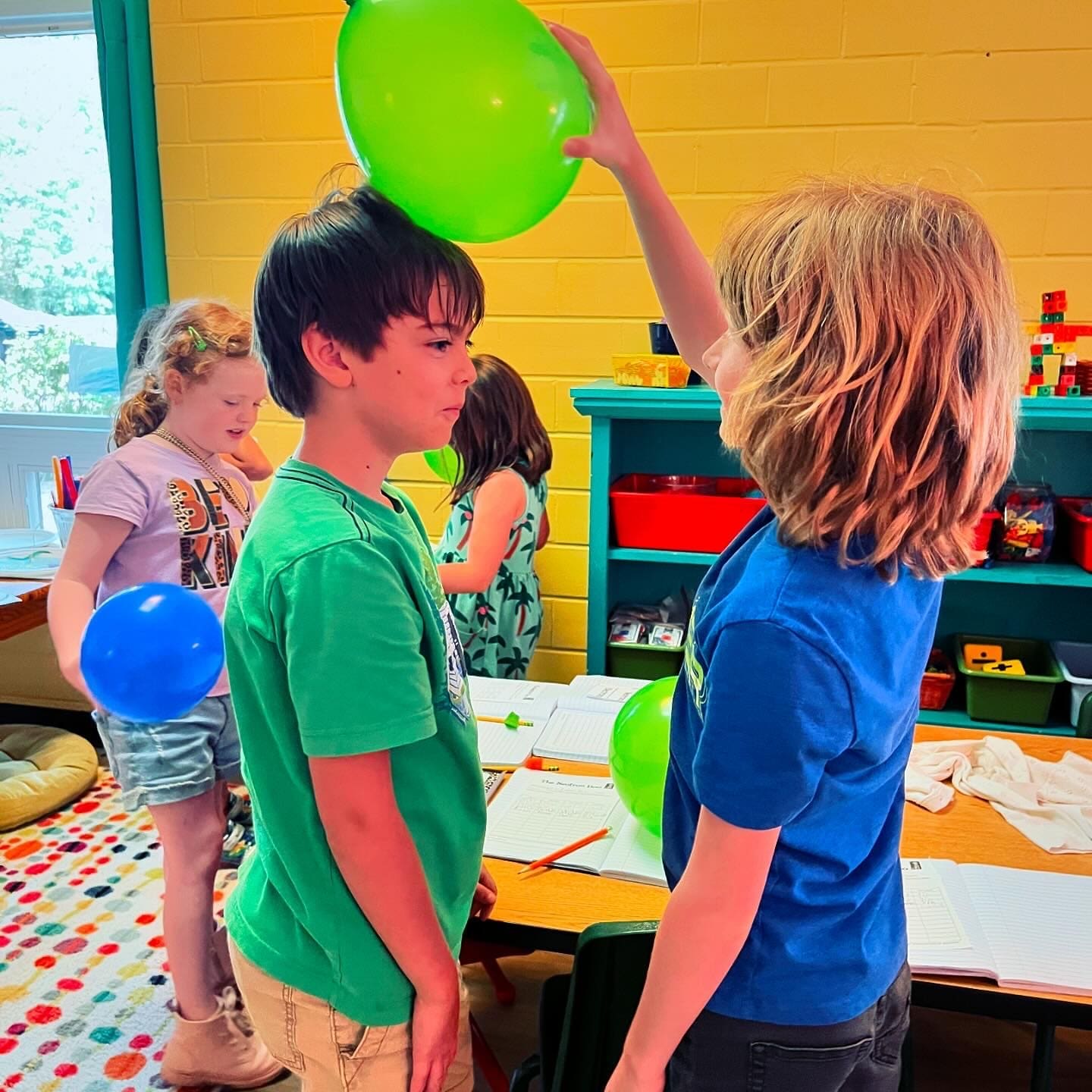 | 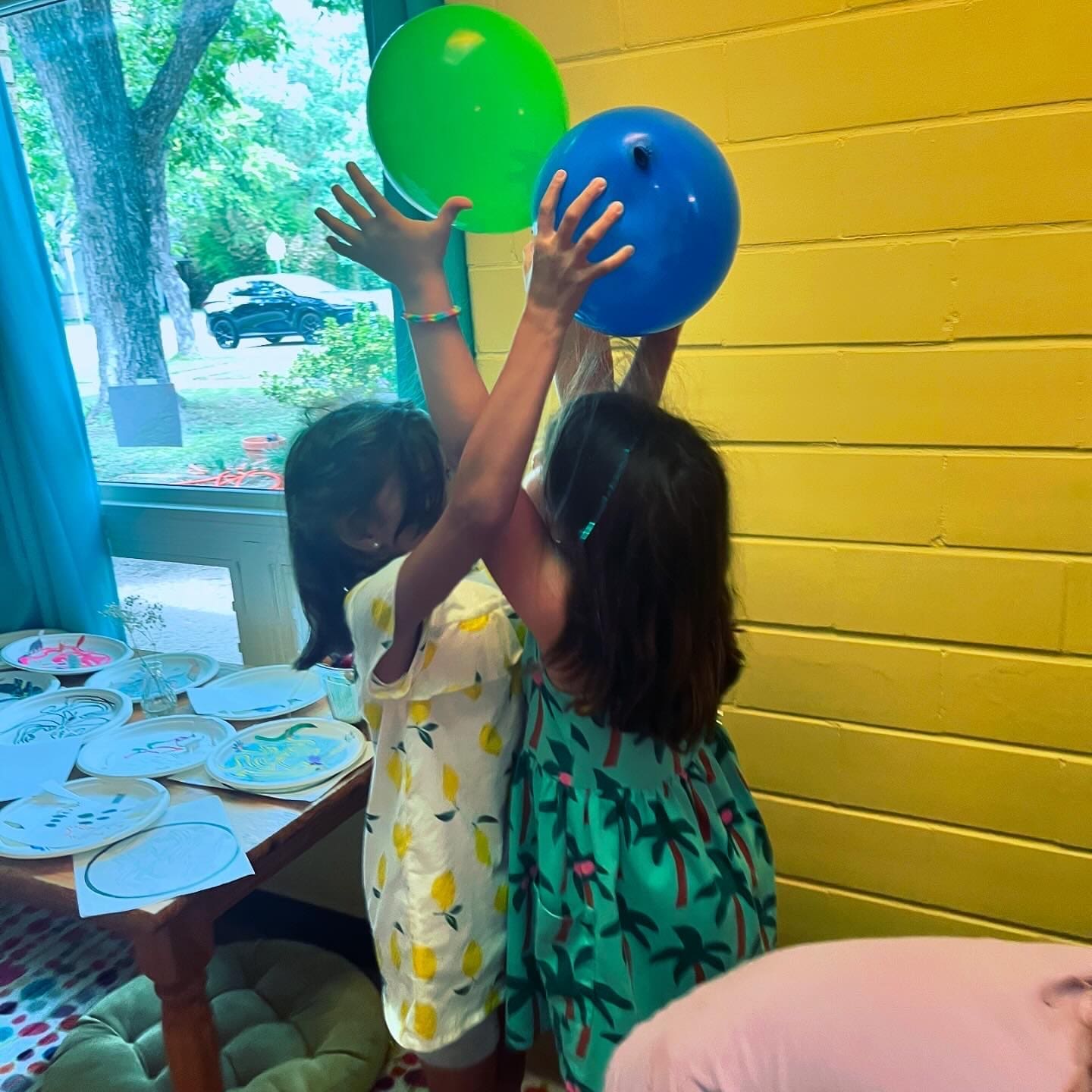 |  |
 |  |


